
We breathe in, we breathe out, usually without even thinking about it. Most of us probably take it for granted and overlook all the benefits mindful, conscious breathing can bring to our daily lives.
Did you know??
- Breathing is the only bodily function you can perform consciously as well as unconsciously.
- The average person takes about 8.5 million breaths per year.
- Breathing slowly with longer breaths can reduce food cravings.
- The world record for breath holding is over 24 minutes!!
- Emotions are regulated by how you breathe.
- Everyone can improve how they breathe.
Considering the monumental number of breaths we take, ensuring they are as effective as possible is important to everything we do. Outside of supplying oxygen, effective breathing provides better food digestion, increased immune response, reduced stress and blood pressure, better sleep and mental clarity, pain relief, increased energy, and improved balance, just to name a few!
To determine if you are a “good” breather or a “poor” breather, try this:
- Put your right hand on your chest and your left hand on your stomach. Take a deep breath as you count to three. When you do this, which hand do you feel moving the most?
- If it’s your right hand (the one on your chest), you’re breathing from your chest. If it’s your left hand (the one on your stomach), you are breathing from your abdomen. You want to do the latter— breathe from your abdomen.
No matter what your activity level, even if you are relaxing in the chair watching your favorite program, take a few minutes 3-4 times a day to be conscious of your breathing and try this exercise:
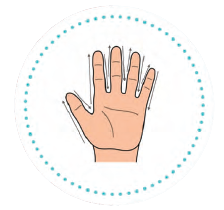
- Sit or stand comfortably with your back straight.
- Open the palm of one hand as wide as you can.
- Now with the pointer finger of the opposite hand, slowly trace your fingers while breathing.
- Breath in and trace up one side of your thumb, 1, 2, 3. Breathe out and trace down the other side of your thumb, 1, 2, 3.
- Repeat for all five fingers.
If you would like to learn more about how to utilize this and other effective breathing techniques, feel free to reach out to Eric Walker, Director of Rehabilitation at 901-366-1819.





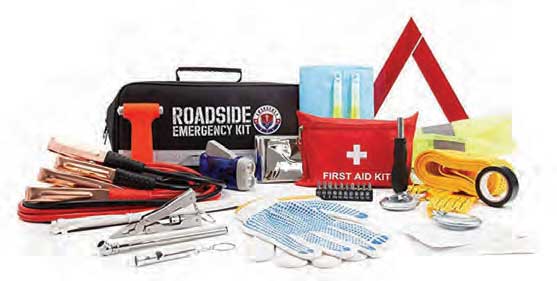
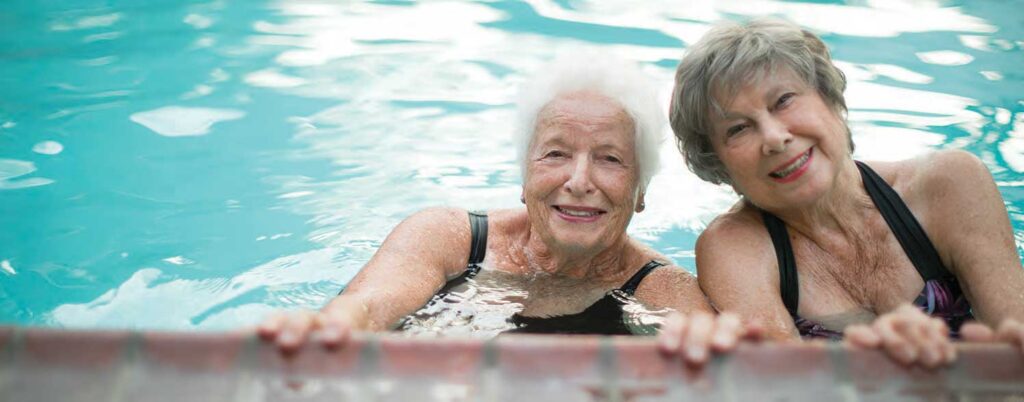
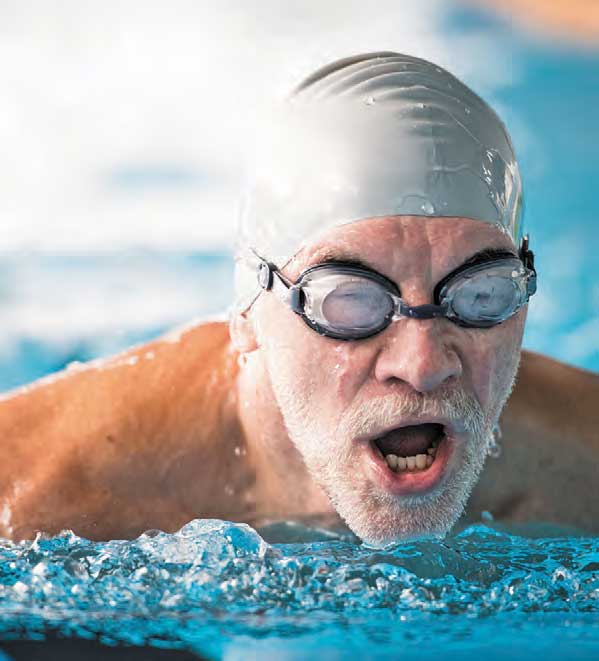
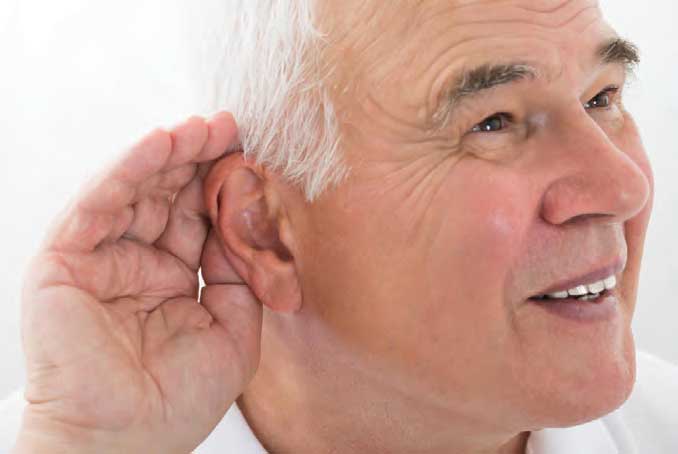
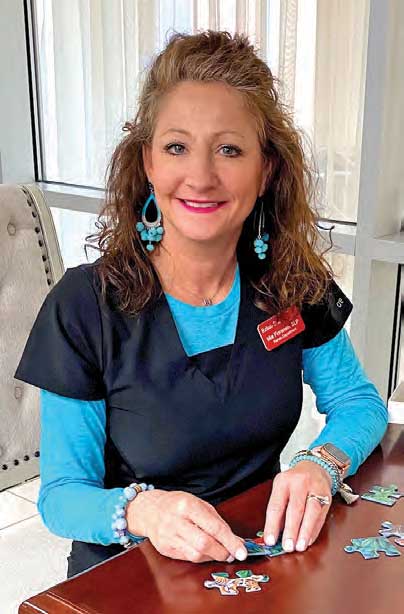


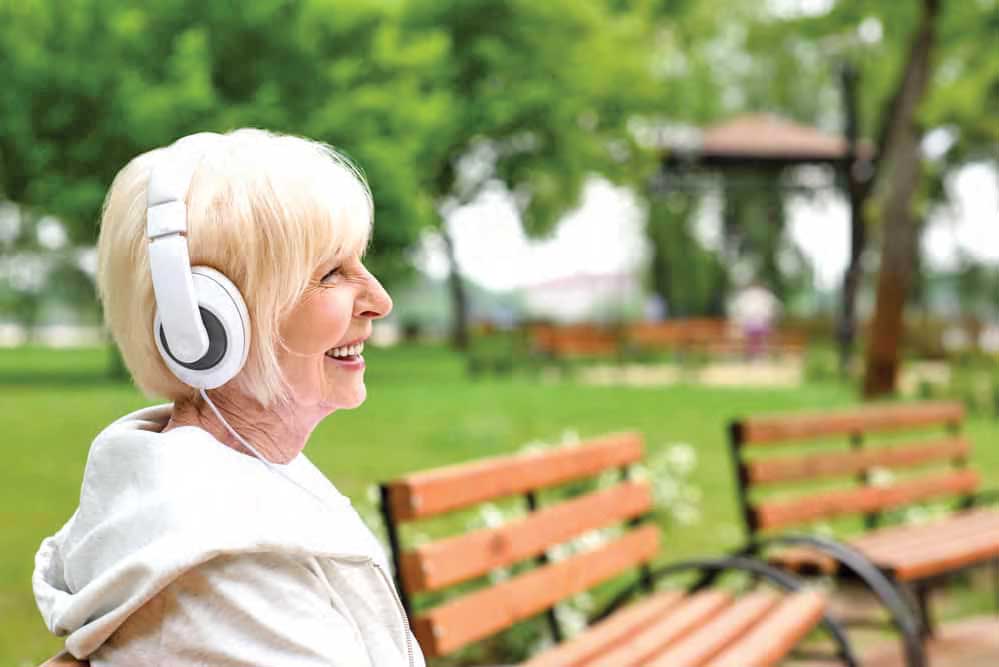











 © 2024 Kirby Pines LifeCare Community. All Rights Reserved |
© 2024 Kirby Pines LifeCare Community. All Rights Reserved | 